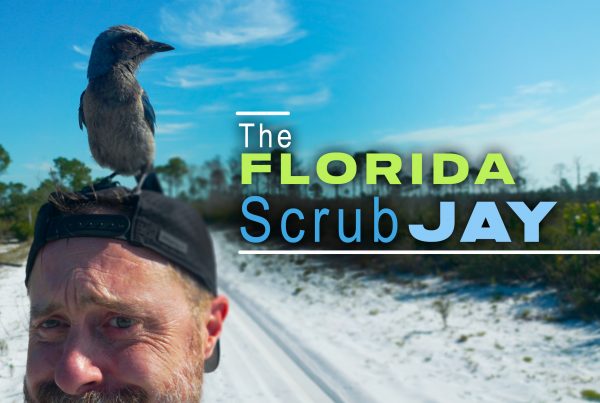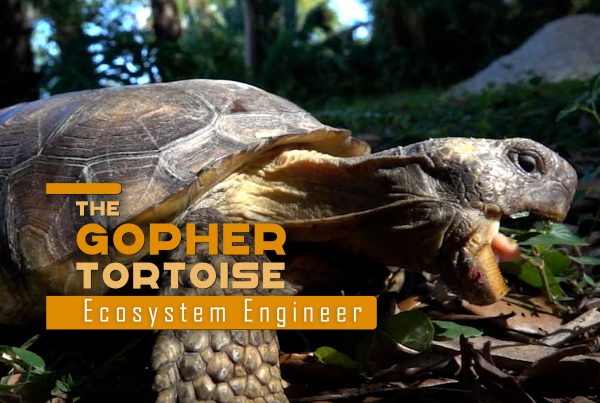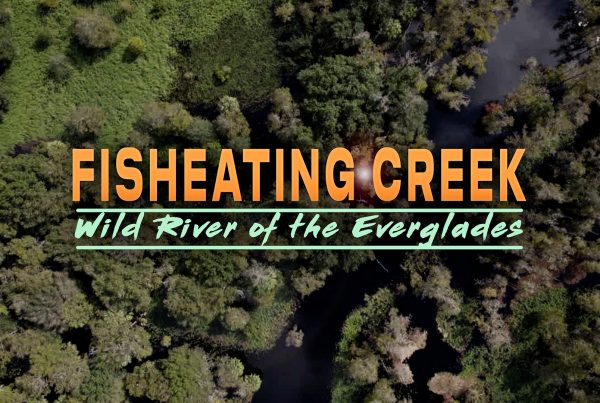Eat your veggies.
Estivate (aestivate): to become dormant (inactive) during summer or drought
Cellulose: the carbohydrate which makes up the main component of plant cell walls
Ruminant: any even-toed, hoofed mammal that chews its cud (cattle, bison, deer, giraffe, camel, etc.)
Cecum (caecum): Sac-like pouch at the beginning of the large intestine of most vertebrates. Herbivores have larger ceca (plural for cecum) than carnivores since important cellulose digestion occurs here
Herbivores are animals that eats plant tissue, the primary consumers of the living world. We find herbivores spread throughout much of the animal kingdom. Some of the largest animals that have ever lived have been herbivores, including the largest of the dinosaurs and the largest of the land mammals. The great thing about plants is you don’t have to chase ‘em down. The problem is – it’s hard to digest them.
A forest of trees and other plants is a huge storehouse of organic compounds that forms the base of the food web. The leaves, stems, flowers, fruits, seeds and roots of all the plants in the forest will either be eaten by herbivores, or they will rot and be digested by decay organisms.
An acre of tropical forest holds about 7 acres of leaf area. Many of the leaves of the forest, however, will not be eaten. This is because they are mostly fiber and are difficult to digest. The compound that makes up the cell walls of plants and makes them tough to break down is a carbohydrate called cellulose.
Ruminants like the giraffe and the cow have specialized compartments in their digestive systems. These organs are full of bacteria and protists that can ferment and digest cellulose. In rhinos, tapirs and horses this takes place in both the cecum and the large intestine of the digestive tract. Other animals like the sloth and the proboscis monkey have extremely long intestines. This allows more time for food to pass through so it can be broken down by microorganisms. These animals have pot bellies. It will take seven days for these water hyacinth leaves to pass through more than 100 ft. of intestines in this manatee.
Animals that are specialized for eating plants and nothing else are called obligate herbivores.
Leaf-eating herbivores, also known as folivores, often choose the young, tender leaves of plants because they have less fiber.
Leaf cutter ants slice up leaves, of course, but they use the leaves to grow a fungus farm in their underground chambers. It’s the fungi they feed to their larvae, not the leaves.
The leaves of some plants are badly munched by herbivores. But other plants protect their leaves, fruits and seeds by means of alkaloids and other bitter chemicals that herbivores don’t like. For example, an oily, allergenic compound called urushiol protects the leaves of poison ivy and poisonwood. Notice these leaves are untouched by herbivores. The zebra butterfly, on the other hand, uses this chemical warfare to its own advantage. The larvae of the butterfly feed only on passion vines. The bitter chemicals in the leaves make the larvae and the adult butterflies distasteful to predators.
Flowers, fruits, seeds, and nectar can be rich in fats, proteins and easily digested carbohydrates, and they have much less fiber than leaves. But, of course, these tasty and nutritious foods are available in much smaller quantities. It’s no wonder that all sorts of herbivores prize them and have become specialized in finding and eating them. For example, hummingbirds have long bills for sipping nectar.
In the tropics, trees come into flower and fruit at various times throughout the year. Because of this, animals that rely on these food items are not left to starve. When winter comes to the north, however, many herbivores and omnivores have to either migrate south or estivate or hibernate until the forest begins to produce foods once again. This is not the case in the tropics where fruit-eating herbivores have radiated into some spectacular forms.
Coming soon




